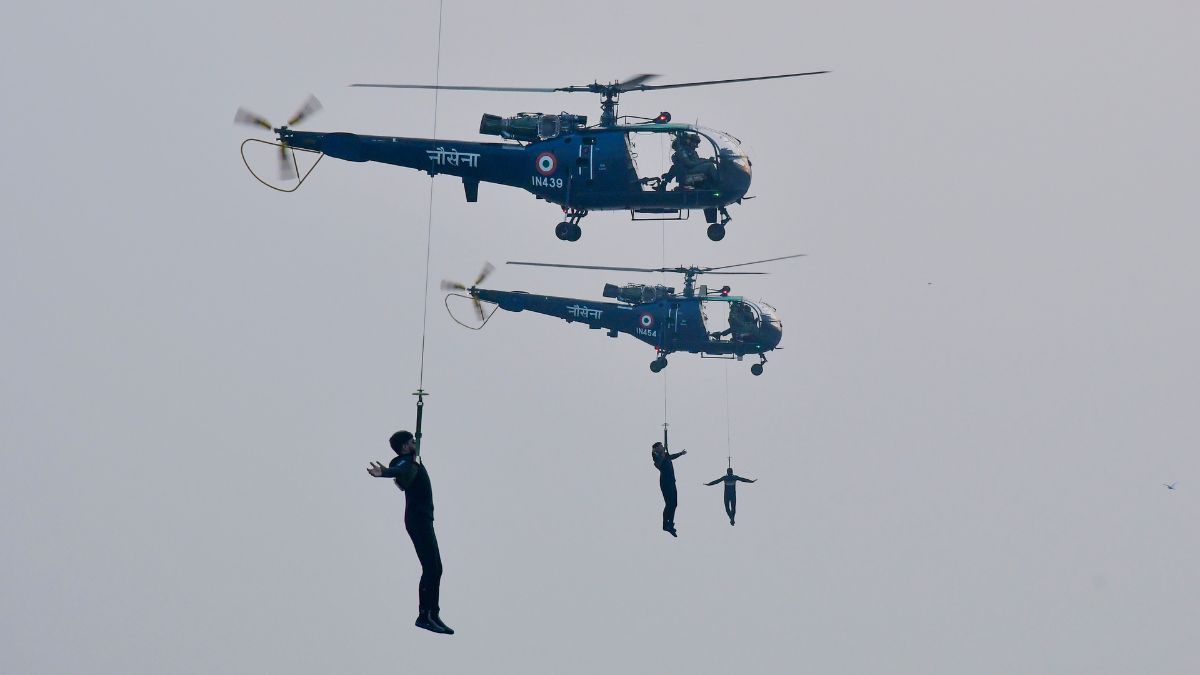The Indian Army is undertaking a significant transformation by converting select formations into Rudra all-arms brigades, marking a departure from its traditional single-arm structure, According to a report from The Times of India.
The 11.5‑lakh strong force is restructuring a few of its 250-plus single-arm brigades—each comprising over 3,000 troops—into integrated units that combine multiple combat and support elements.
Unlike conventional brigades that group only one fighting arm, a Rudra brigade integrates infantry, armour, artillery, engineers, air defence, signals, and logistics units into a self-contained formation even during peacetime. This ensures far better cohesion, seamless coordination, and faster mobilisation for combined-arms operations.
The new structure is designed to deliver quicker and more potent offensive thrusts into enemy territory, allowing the Army to respond with greater speed, flexibility, and battlefield synergy.
From cold start to cold strike
When a nation updates its military doctrine, it signals a shift in how it intends to fight future battles. Following the successful testing of the newly formed Rudra all-arms brigade during the tri-Service Exercise Trishul on the western front, the Indian Army appears poised to transition from the traditional ‘Cold Start’ approach to a faster, sharper ‘Cold Strike’ strategy.
According to The Times of India, India’s Cold Start doctrine was conceived after Operation Parakram (2001–02). The operation revealed that conventional strike formations took nearly a month to mobilise along the Pakistan border following the December 2001 Parliament attack. By the time India was ready to respond, Pakistan had reinforced its defences, and international diplomatic pressure, particularly from the US, prevented escalation.
Cold Start was therefore designed as a rapid-mobilisation conventional warfare strategy, enabling India to carry out swift, limited offensives under a nuclear shadow.
Lt-General Seth on Rudra brigades and Cold Strike
During Exercise Trishul, Lt-General Dhiraj Seth, head of the Southern Army Command, confirmed that the Rudra brigade under the Konark Corps (XII Corps) had been “fully validated operationally,” signalling the Army’s readiness to adopt this modern, integrated approach.
“Now, with the Rudra brigade, the time has come to change the Cold Start doctrine into the Cold Strike one. I am fully satisfied that the Rudra brigades in the coming times will be successful in multi-domain operations and executing their task effectively against the enemy,” Lt-General Seth said.
Quick Reads
View AllOrigins of Cold Start
The Army originally formulated its pro-active conventional war strategy, popularly called the Cold Start doctrine, after Operation Parakram highlighted the slow mobilisation of strike formations. By the time India was ready, Pakistan had fortified its positions, and US pressure prevented a cross-border response. The Army has since refined the strategy to enable faster mobilisation for multiple limited offensives under a nuclear overhang.
Pakistan, which does not have a “no first-use” nuclear policy like India, countered by showcasing short-range Nasr (Hatf-IX) and other nuclear-capable missiles.
Rudra brigades: A new operational paradigm
The 11.5-lakh strong Army is converting select single-arm brigades into Rudra all-arms brigades, integrating infantry, mechanised infantry, armoured units, artillery, air defence, engineers, signals, drones, and combat support elements.
A Rudra brigade unites all fighting and support elements into a self-contained formation, even during peacetime, ensuring better cohesion and faster mobilisation. Two Rudra brigades are already operational on the northern borders with China—one in eastern Ladakh and another in Sikkim.
“Each Rudra brigade will be tailor-made as per its earmarked area of operation, the terrain, and the operational task. Units can be attached or detached depending on requirements,” an officer said.
Full-spectrum validation during Akhand Prahar drills
During the ‘Akhand Prahar’ drills, the Konark Corps demonstrated its full-spectrum combat readiness. The exercise involved integrated employment of all arms—from mechanised and infantry manoeuvres to land operations executed by the Rudra Brigade, dubbed ‘Black Mace’, as well as special heliborne operations and coordinated attack helicopter missions.
“It also witnessed seamless synergy between the Army and IAF, with fighter ground-attack missions in close support of the land forces,” another officer said.
)